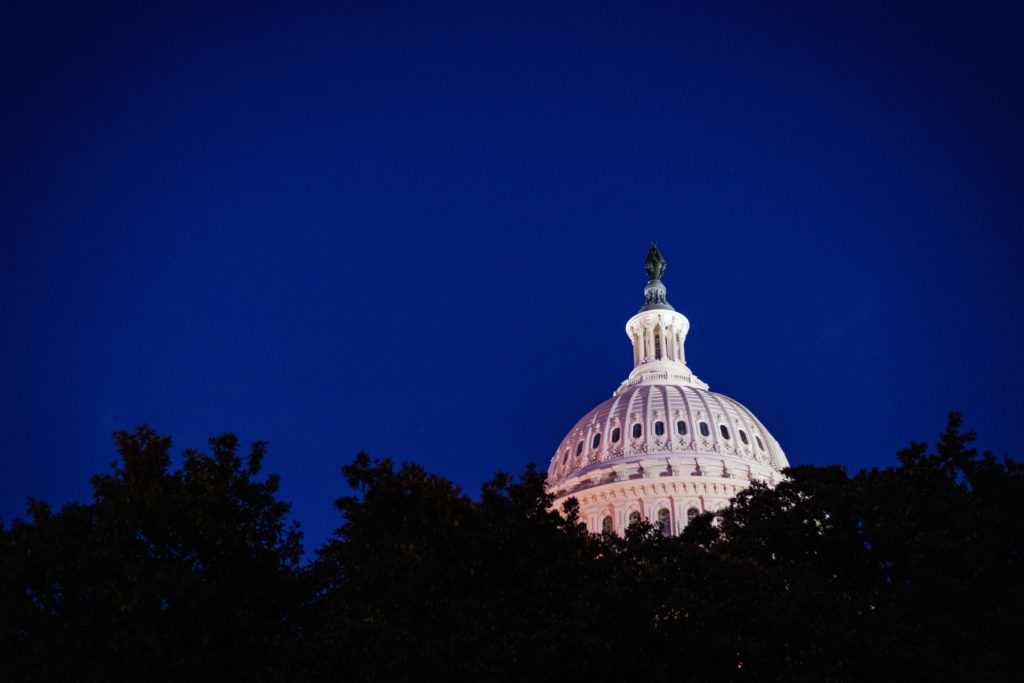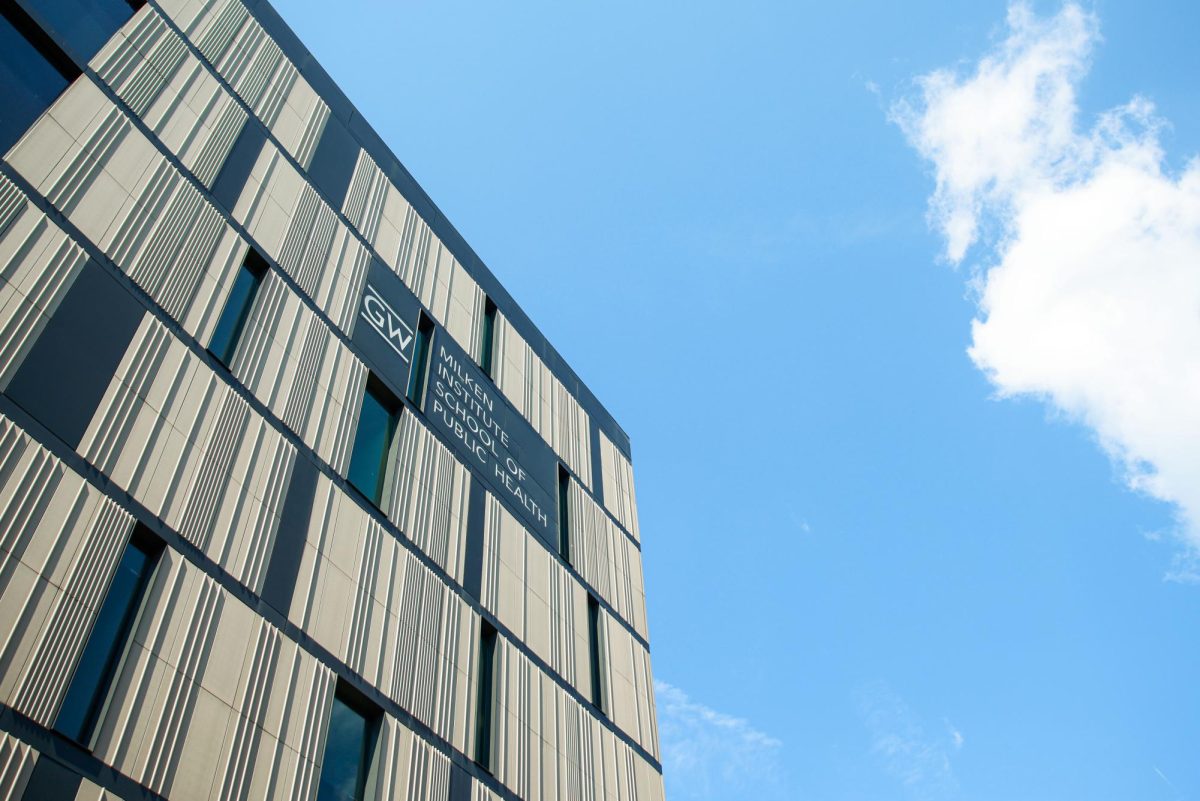GW’s Global Women’s Institute will collaborate with local researchers to help women in Bangladesh combat the effects of climate change in their communities over the next three years starting this summer.
The project involves collaborators from the University of the Fraser Valley in Canada, the Bangladesh Centre for Advanced Studies and Jago Nari Unnayon Sangstha, a nonprofit focused on combating violence and discrimination against women in Bangladesh. Maureen Murphy, a GWI research scientist and a coprincipal investigator on the project, said researchers will collaborate with women in Bangladesh to receive input on what solutions they need to address the impacts of climate change.
The low topography of Bangladesh, which ranks seventh in the world in the 2021 Global Climate Index for countries most vulnerable to climate change, exposes the region to flooding from rising sea levels and storm surge from the frequent typhoons. By 2050, a study from the science journal Heliyon estimates one in every seven people in Bangladesh will be displaced by climate change. A 2023 study from universities of California, San Francisco and California, San Diego found over 150,000 excess infant deaths were attributable to increased floods caused by climate change.
Murphy said the study focused on women because they are often tasked with gathering water in developing communities and so they are disproportionately affected by living in a drought-prone area as they have to spend more time finding water and less on other duties.
Murphy said the research team earned a grant from the National Sciences Foundation for winning a Canada-led climate change research competition.
“Here at GWI, we’ve been interested in climate change intersections with gender for a while now, but we haven’t had any specific project, just because we know that climate change is a gendered issue,” Murphy said. “We know that it can affect women and girls differently than men.”
Murphy said during the first year of the project, researchers will go the coastal Bangladeshi communities that are most vulnerable to flooding, like Cox Bazar and Chittagong, the second year they will implement the solutions provided from community feedback and the third year they will evaluate their success. Murphy said there is no way to know what those solutions will be because they are dependent on the feedback from community members, but they could range from planting mangroves for coastal water protection to updating emergency evacuation plans.
“It’s very much that the community themselves are involved throughout the project, from what data collection tools we decide to use to how we interpret the data to what actual actions we take,” Murphy said.
Murphy said researchers are making an effort to include not just women but many marginalized groups like religious and ethnic minorities during the research phase to ensure the solutions are catering to the most vulnerable populations.
“We can come up with all of the solutions in the world for them, but if it’s not practical for them, if it’s not culturally appropriate, if it doesn’t fit within their normal daily lives, if it doesn’t allow them to address the challenges that they’re really facing that are the most pertinent to them, a project’s not going to be successful,” Murphy said.
Diana Liverman, a former professor of geography, development and environment at the University of Arizona, said women are disproportionately affected by climate change, especially in the Global South, and they often play a part in sustainability efforts like using more fuel-efficient cooking equipment since they are often tasked with cooking duties.
“Women have particular experiences when it comes to climate impacts and climate responses,” Liverman said. “And the other thing that’s important is when you implement solutions to climate change, is to pay attention to justice, and gender is one dimension of climate justice.”
Amy Jaffe, the director of the Energy, Climate Justice and Sustainability Lab at New York University, said in the Global South, women are often not included in community meetings regarding solutions to climate change, which means they lack access to information to help them prepare for natural disasters.
Jaffe said involving the community in local solutions to climate change is effective because researchers often run into cultural barriers like a lack of translation from what the leadership of an area thinks the community needs to what the people on the ground say they need. Jaffe said this can lead to solutions that work in theory but fail in practice.
“We could provide a technical solution, and we could train people to maintain it,” Jaffe said. “But sometimes we would bump into cultural issues where the services we wanted to provide, it was hard to surmount some of the barriers to some of the women living in those same locations, getting equal access.”








